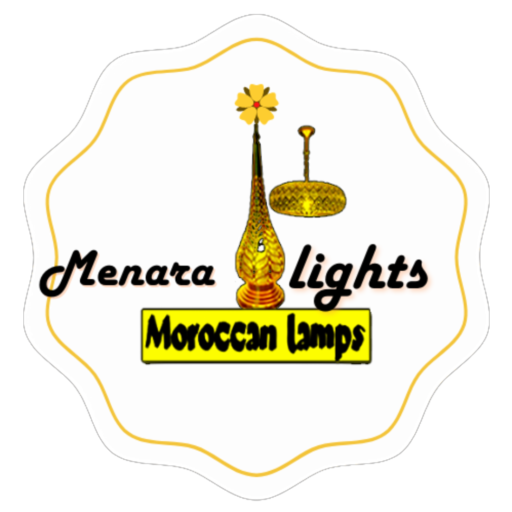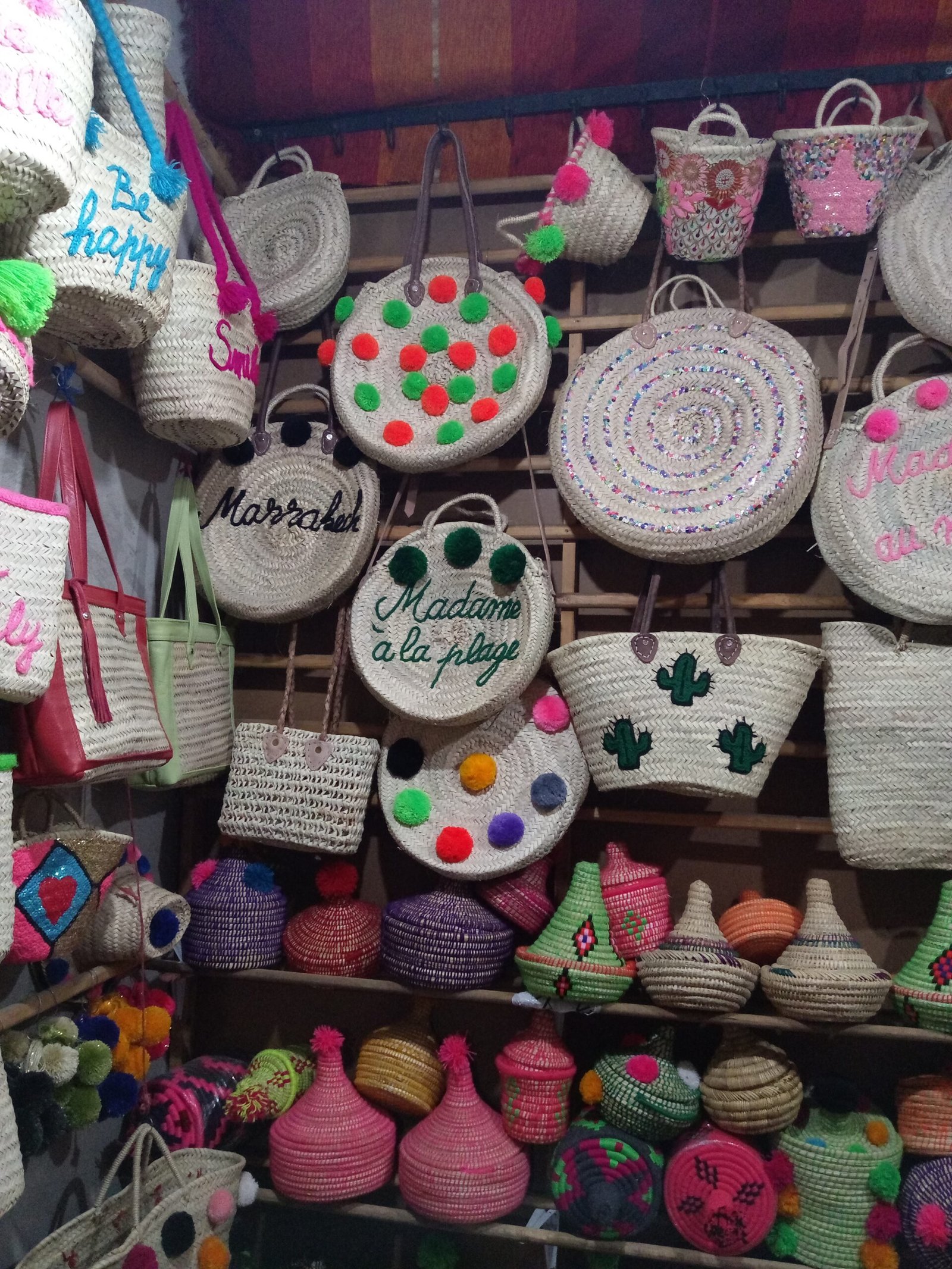The Rich History of Moroccan Artisanal Crafts
The history of Moroccan artisanal crafts is as colorful and intricate as the products themselves, reflecting a rich tapestry of cultural influences over centuries. The origins of Moroccan art can be traced back to the Berber tribes, whose early forms of handicraft laid the groundwork for the country’s diverse artistic heritage. Skilled artisans began creating unique items from locally sourced materials, employing techniques and motifs that were distinctively theirs, such as the famous geometric patterns and vibrant colors seen in tiles, textiles, and ceramics.
As history progressed, Morocco became a melting pot of cultures due to its geographical positioning at the crossroads of Africa and Europe. Arab influences began to seep into Moroccan art following the Arab conquest in the 7th century, introducing new materials and techniques. This synthesis created a rich blend of styles, with intricate woodwork, calligraphy, and metalwork coming to the forefront of Moroccan handcrafts. The cultural exchange further expanded during the French protectorate in the early 20th century, where Western styles intermingled with traditional methods, bringing forth a modern interpretation of classic Moroccan designs.
Embodied in these artisanal crafts is not just aesthetic beauty but a deep-seated cultural significance. Each piece tells a story of the artisans’ heritage and the skills that have been meticulously passed down through generations. These crafts hold essential economic value, providing livelihoods for countless families and contributing to the local economy. Today, Moroccan art remains a vital part of cultural identity, celebrating centuries of tradition while also adapting to contemporary tastes. The enduring legacy of these handcrafts showcases not only the artistry of the artisans but also the rich history that continues to inspire and shape Moroccan culture.
Diverse Types of Moroccan Handcrafted Products
Moroccan art is renowned for its rich diversity and exceptional craftsmanship, showcasing a myriad of handcrafted products that reflect the country’s unique cultural heritage. A prominent feature of Moroccan handcrafts is the vibrant textiles often adorned with intricate patterns and bright colors. Artisans skillfully weave materials such as wool and cotton to create traditional garments, carpets, and intricate tapestries, frequently incorporating motifs that convey regional stories.
Pottery represents another significant category of Moroccan craftsmanship. The production of ceramics is deeply rooted in history, with artisans employing techniques passed down through generations. Moroccan pottery is notable for its remarkable glazes, vivid colors, and distinctive designs. Items ranging from decorative plates to functional tableware can be found in local markets, showcasing the artistic flair of Moroccan culture.
Leather goods are also a hallmark of Moroccan art, characterized by their quality and durability. Artisans utilize traditional tanning methods, employing natural ingredients to treat the leather, resulting in products that are both functional and beautiful. Common items include hand-stitched bags, slippers, and belts, each often embellished with intricate designs that highlight the artisan’s skill.
Jewelry holds a special place in Moroccan handcrafts, often symbolizing identity and heritage. The use of silver, semi-precious stones, and intricate designs makes Moroccan jewelry not only a visual delight but a representation of cultural significance. Furthermore, traditional furniture pieces, such as intricately carved wood tables and ornamental screens, add to the variety of artisanal goods, each reflecting the masterful techniques employed by local craftsmen.
The diversity of Moroccan handcrafted products showcases the rich tapestry of artistic techniques and materials that set these unique treasures apart from those found in other cultures. This vibrant assortment of goods is a testament to the enduring legacy of Moroccan art and the skilled artisans who continue to bring these creations to life.
The Artisans Behind the Craft
Moroccan art is more than just a form of expression; it is a reflection of the rich cultural heritage and the lives of the artisans who dedicate their skills to this time-honored tradition. These artisans often hail from various regions across Morocco, each bringing unique techniques and stories that add to the diversity of Moroccan handcrafts. For instance, in the mountainous regions of the Atlas, Berber women skillfully weave intricate rugs that tell tales of their ancestry and environment. Their craftsmanship is infused with vivid colors and patterns that are symbolic of their heritage, creating pieces that are much more than decorative items.
Similarly, the art of pottery throwing is exemplified in the city of Fes, where artisans have perfected their techniques over generations. They utilize local clay and traditional methods to create stunning ceramics that are both functional and artistic. The process requires immense dedication and skill, as the potters must understand the nuances of the material and the equipment they use. Each piece of pottery is carefully crafted, often featuring designs that reflect the intricacies of Moroccan geometric art.
In cities like Marrakech, leather tanners employ age-old methods to create high-quality leather goods, combining traditional practices with meticulous artistry. These artisans face challenges in a modern market dominated by mass production, yet they remain committed to preserving their craft. The use of natural dyes and handcrafted techniques ensures that each item is unique, showcasing the labor of love that goes into Moroccan handcrafts. Through their resilience and creativity, these artisans continue to thrive, ensuring that the rich traditions of Moroccan artistry are passed down through generations.
Supporting Moroccan Artisanal Goods: Where to Find and Buy
Purchasing Moroccan artisanal goods is not only an opportunity to own a unique piece of craftsmanship but also a means to support local artisans and their livelihoods. To locate authentic Moroccan art and handcrafts, one can explore various avenues. Local markets are often the best places to start, as they are rich in culture and typically feature artisans showcasing their products. Souks, or traditional markets, in cities like Marrakech, Fes, and Essaouira offer an array of handmade items, from intricate rugs to decorative pottery. Engaging with artisans directly encourages a connection to the craft and fosters appreciation for their skills.
For those unable to visit Morocco, numerous online platforms specialize in Moroccan handcrafts. Websites such as Etsy and Amazon Handmade provide a marketplace for artisans to sell their goods, often showcasing their stories and the techniques behind their creations. Additionally, fair trade shops often collaborate with Moroccan artisans, ensuring that purchases contribute to sustainable practices and fair wages. This not only supports the individual craftspeople but also helps to preserve traditional methods that have been passed down through generations.
Another rewarding way to support Moroccan artisans is through cooperative organizations, which create networks that empower local craftsmen and craftswomen. These organizations help promote their work on international stages, thereby preserving Moroccan art. Resources such as the Moroccan Artisans Group and the Association of Women Artisans in Morocco offer insights into where to buy products and various artisan profiles. By investing in Moroccan handmade artisanal goods, consumers not only obtain exceptional pieces of art but also play a crucial role in sustaining the rich heritage of Moroccan craftsmanship. In conclusion, purchasing these items holds significance beyond mere consumption; it supports cultural heritage and promotes sustainability in the global artisanal market.


